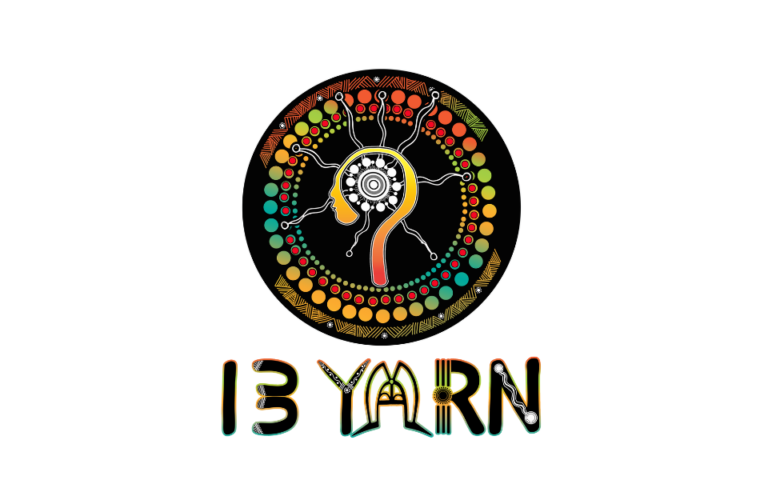You might be surprised to learn that the suicide rate for people living with bipolar is between 10-30 times higher than the general population In fact, according to the Black Dog Institute, they account for up to 25% of all suicides. These are big numbers, but they often fly under the radar. Awareness, education and understanding about this mood disorder is fairly low, which is why people living with it are still subjected to stigma and harmful stereotypes.
Not only do the symptoms of bipolar increase the potential for people to experience thoughts of suicide, negative attitudes and misunderstandings also create barriers for people to seek help – which increases their risk of suicide. Why? Often because a fear of rejection, loss of relationships and harmful stereotypes stops people from getting the help they need.
Yet, bipolar disorder is widely considered a very treatable condition and there are a range of support services available. Effective treatment means someone with bipolar disorder can lead a life that is healthy and productive.
In order to reduce the risk of suicide for people living with bipolar disorder, we need to have more conversations about it. Simply raising community awareness and education about this condition can make a marked difference to the quality of life for people living with it. To break down social stigmas and help connect people to the right treatments.
What is bipolar disorder?
Impacting 1 in 50 Australians each year, bipolar (also known as bipolar affective disorder) is a mood disorder that causes strong changes in mood and energy levels which can impact a person’s ability to function in everyday life. These mood changes can include a swing between depressive (low mood) episodes and manic or hypomanic (high or very high mood) episodes.
There are 2 core types of bipolar disorder, which are categorised as:
- Bipolar I — Where a person experiences long-lasting manic and depressive episodes, and in some cases psychosis (delusions or hallucinations).
- Bipolar II — Where a person experiences highs that are less extreme that only last or a few hours or days, as well as depressive episodes, and periods of normal mood.
Other types of bipolar disorder include cyclothymic disorder, which involves intermittent mood changes that are less severe, and substance-induced bipolar disorder.
Symptoms of bipolar disorder
While many people living with bipolar disorder can have periods of time without any mood changes, common symptoms are listed below.
Common bipolar symptoms during a manic (or high) phase may include:
- Feelings of extreme happiness or being ‘high’
- Grandiose ideas or unrealistic plans
- Inflated self-importance
- Lack of sleep
- A surge in energy levels
- Racing thoughts and speech, poor concentration
- Highly stimulated and easily distracted senses (inability to focus)
- Fixation on tasks for long periods of time
- Impulsive or risky behaviour
- Seeing, feeling, hearing things that aren’t there
Common symptoms during a depressive phase may include:
- Low mood and energy levels
- Low self-esteem
- Feelings of hopelessness or guilt
- Decreased motivation
- Loss of appetite
- Disinterest in hobbies and activities
- Altered sleeping patterns
- Trouble concentrating
- Decrease in social events and activities
- Suicidal thoughts
Treatment of bipolar disorder
Generally, the treatment options available for people living with this type of mood disorder include a combination of prescribed medication and therapy. The medications used include a mixture of mood stabilisers, anti-depressants, and antipsychotics. These are each used to reduce the various symptoms of this complex and chronic condition and help people with bipolar live safely and feel more stabilised.
Effective techniques being used in therapy include Cognitive Behaviour Therapy (CBT), which looks at how we think and respond to events, and Interpersonal Therapy (IPT), which works to build skills and strategies to manage symptoms and maintain healthy routines and relationships. Community support groups are also a helpful space for many people living with bipolar disorder.
Other techniques to assist in managing stress and triggers such as mindfulness, acupuncture and meditation are sometimes used along with other treatment options. Some lifestyle changes can also help to manage symptoms.
Effective treatment means someone with bipolar disorder can lead a life that is healthy and productive.
The more we can talk about bipolar disorder and encourage people to reach out for support if they need it, the more likely we are to reduce the risk of suicide and help people lead healthy and happy lives.
If you or someone you know needs help, our professional counsellors are available by phone or online chat 24/7. It’s a free service to Australians. Simply call 1300 659 467 or click on the floating chat widget on the right to access online counselling.
If it is an emergency, please call 000.









